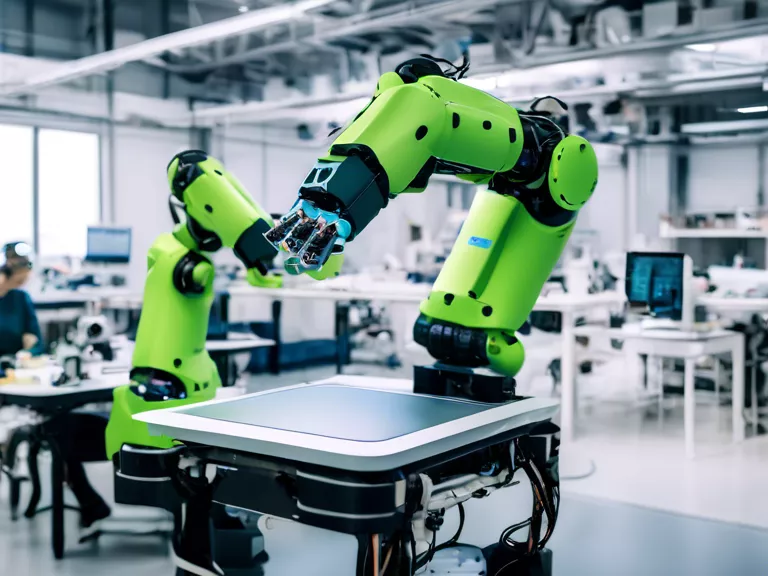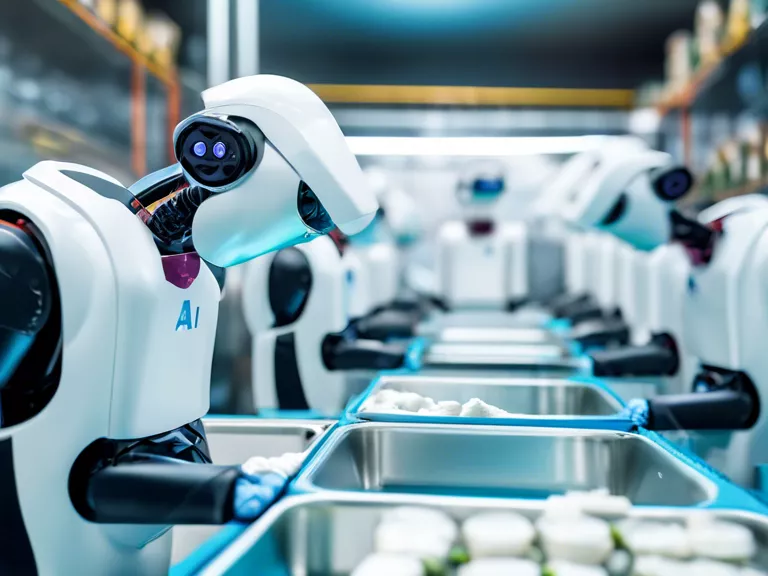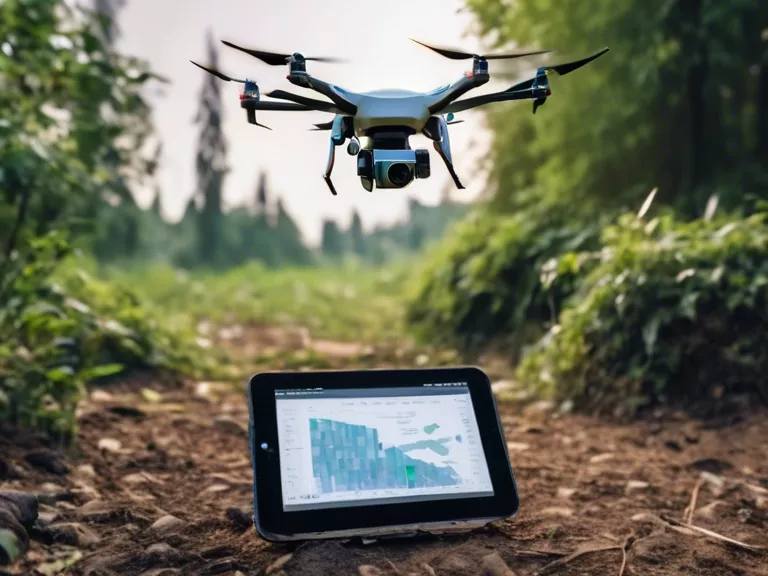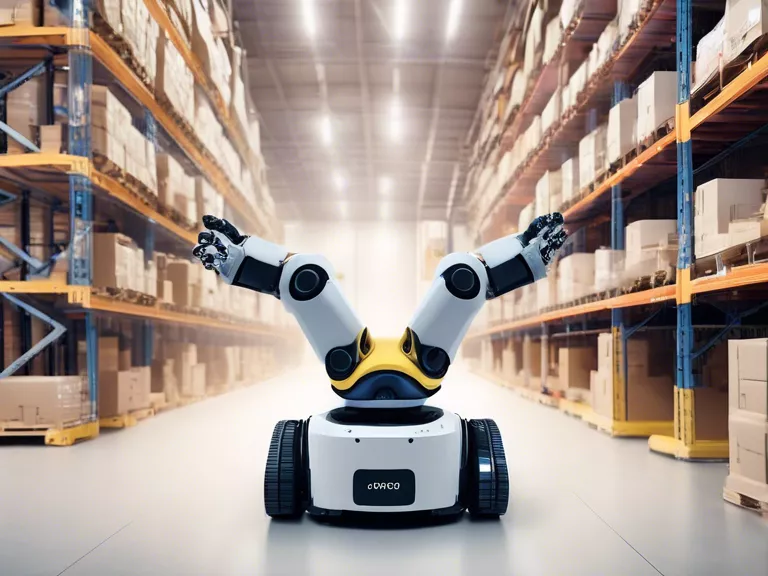
In recent years, the combination of artificial intelligence (AI) and collaborative robotics has revolutionized the manufacturing industry. By leveraging AI technology, collaborative robots (cobots) are becoming smarter, more efficient, and more autonomous, ultimately transforming the way work is done on factory floors.
One of the key ways AI is supporting collaborative robotics in manufacturing settings is through improved decision-making capabilities. AI algorithms can analyze large amounts of data in real-time to optimize the movement and performance of cobots. This allows them to adapt to changing conditions, work alongside human operators more effectively, and ultimately increase productivity.
Another way AI is enhancing collaborative robotics is through predictive maintenance. By monitoring the performance of cobots using sensors and collecting data on their usage patterns, AI systems can predict when maintenance is needed before a breakdown occurs. This proactive approach helps minimize downtime, reduce costs, and extend the lifespan of the cobots.
Furthermore, AI is enabling cobots to learn from their interactions with human operators and improve over time. Through machine learning algorithms, cobots can analyze their own performance, receive feedback from humans, and continuously optimize their movements and tasks. This self-improvement capability makes cobots more adaptable and versatile in dynamic manufacturing environments.
In addition, AI is facilitating better collaboration between cobots and human workers by enabling natural language processing and speech recognition capabilities. This allows human operators to communicate with cobots more effectively, assign tasks, provide instructions, and troubleshoot issues in real-time. As a result, collaborative robotics becomes truly collaborative, with humans and cobots working together seamlessly.
Overall, the integration of AI technology with collaborative robotics is unlocking new possibilities for manufacturing settings. With AI-powered cobots, manufacturers can achieve higher levels of efficiency, flexibility, and innovation, ultimately driving the future of manufacturing forward.



